Low-Code Platforms for AI Agent Development:All You Need to Know
In today’s fast-moving tech world, Low-Code Platforms for AI Agent Development are changing how businesses build smart helpers & assistants. These platforms let teams create & launch AI agents using visual interfaces & minimal coding. The result is rapid delivery, cost savings & broad access even for non-technical users, making AI agent development easier & more powerful than ever.
Why Low-Code Platforms Are Game-Changers for AI Agents
Low-Code Platforms simplify AI agent creation by offering pre-built components, visual workflows & drag-and-drop tools. Teams no longer need heavy coding skills to develop conversational assistants, virtual agents, or automated workflows at scale. These platforms respond faster to business needs & reduce dependence on specialized developers & can be used right out of the box.
The AI agent platform market is growing fast with over 40 % annual expansion thanks to demand for automation & smart workflows. The adoption of low-code tools is also booming, as more than 70 % of new apps will use low-code or no-code technologies by 2025.
Core Features of Low-Code AI Agent Platforms
Visual Interface & Workflow Builders
The platforms use visual workflows where agent triggers & logic are connected visually like building blocks. This makes it easy to design agent behaviour without writing lines of code.
Integration-Ready Architecture
The platforms connect easily with API, databases & tools like RES, T SQL, CRM systems & messaging apps. This means AI agents work with your existing systems from day one.
AI Model Support
The modern platforms support large language models like GPT-4 Claude & others. They let agents handle natural language reasoning & memory without a complex setup.
Prebuilt Agent Templates
The platforms offer ready templates like customer support assistants, scheduling agents or data helpers. These can be customised & deployed in hours.
Governance & Deployment Tools
The enterprise platforms include access controls, deployment pipelines, compliance features & scalable infrastructure. These tools help agents meet security & performance standards.
Popular Low-Code AI Agent Platforms in 2025
| Platform | What It Offers | Best For |
|---|---|---|
| Google Vertex AI Agent Builder | The tool builds conversational agents visually using enterprise data without aiming for code | Businesses using Google Cloud |
| Microsoft Copilot Studio | Call centres & customer support firms | Enterprises invested in Microsoft |
| StackAI (Startup) | The tool is a no-code builder for AI agents that connect to Snowflake & Salesforce & automate tasks | Sectors with low coding capacity |
| Synthflow AI | The tool builds voice-based agents for real-time customer interaction in minutes | Call centers & customer support firms |
| OutSystems AI-powered | The tool is an enterprise low-code platform with AI assistance for full-stack agent delivery | Large teams needing end-to-end control |
| ToolJet & Appian | The tools are low-code with generative AI prebuilt logic modules & integration | Teams seeking agile AI app creation |
| Open-source tools (Langflow Flowise) | The tools are visual workflow tools for building custom agent pipelines | Developers needing flexibility |
Benefits You Can Expect
Fast Agent Development
The visual tools let teams go from idea to deployed agent in hours or days, not months. This speeds time-to-value.
Lower Costs & Broader Access
The low-code solutions remove the need for heavy coding skills. These let business users & citizen developers build AI helpers quickly.
Scalability with Governance
The enterprise platforms include compliance data controls & deployment workflows. These help businesses scale AI without risk.
Ready Templates & Flexibility
The templates, like customer support or voice agent, mean less friction & more customization. These provide useful starting points for teams.
Trends Powering Low-Code AI Agent Platforms in 2025
The Multi-Agent Ecosystems are becoming popular. These agents can work together to handle complex workflows across functions.
The Enterprise Adoption Surge is happening. The companies need speed & automation & low-code agent tools are now integral to internal systems.
The Funding Booms are clear. The startups like StackAI & Synthflow AI have raised funding to serve industries like local government insurance & voice support.
The Democratization of AI is strong. The low-code tools let teams of any background build agents. These tools enable wider innovation & faster rollout.
When to Use Low-Code AI Agent Platforms
The use of these platforms is best when you want fast agent deployment without heavy dev work.
The use is helpful when your team lacks deep coding skills but needs smart automation.
The use fits when your business needs agents that integrate with CRM voice systems or databases.
The use matters when scalability & security are required with enterprise governance tools.
The use is perfect when you need voice-based or conversational agents on tight timelines.
Things to Watch For
The teams should not build over-complicated agents. Start simple with clear goals.
The tools must integrate deeply with your systems, not just at the surface level.
The feedback loops should stay active. The agents improve when adjusted often.
The templates should be used wisely. The customization must fit your business, not just blindly adopt.
Conclusion
The Low-Code Platforms for AI Agent Development bring AI agent creation within reach for more businesses than ever before. These platforms deliver speed, lower cost, scalability & the power of modern AI through visual tools & templates. The platforms from Google, Microsoft & OutSystems, along with startups like StackAI & Synthflow, are making agent deployment faster, easier & more impactful.
The businesses can now automate customer chats, build voice assistants & design multi-agent workflows using low-code tools. The future of smart automation is visual agile & accessible.


